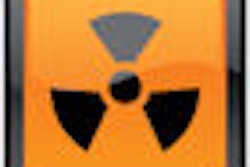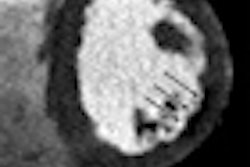Dear Molecular Imaging Insider,
The adage "from desperation comes inspiration" well applies to nuclear medicine practitioners, as once again they face the challenge of limited molybdenum-99 (Mo-99) supplies with the current closure of two major producers.
Last month, the Nuclear Research and Consultancy Group powered down its High Flux Reactor in Petten, Netherlands, for six months of maintenance, while Atomic Energy of Canada continues repairs on its National Research Universal nuclear reactor in Chalk River, Ontario.
This month's Insider Exclusive reports on some reasons for optimism, as nuclear medicine departments learn from past Mo-99 shortage experiences and adjust schedules and Mo-99 demand accordingly. Suppliers also are crafting agreements to bring the precious, short-lived commodity to patients in need. Learn more by clicking here.
This issue also features international editor Eric Barnes' report on how coronary CT angiography (CTA) outperformed SPECT in diagnosing patients with chest pain and suspected coronary artery disease. The study, published in the March issue of Radiology, found that CTA alone followed by invasive coronary angiography for positive findings beat out four other diagnostic approaches involving SPECT myocardial perfusion imaging in combination with CTA or invasive angiography.
Meanwhile, Canadian researchers concluded that FDG-PET/CT is more sensitive than MDCT in identifying recurrent and metastatic disease in patients with colorectal cancer and an elevated level of carcinoembryonic antigen. The researchers from Princess Margaret Hospital also found that the two modalities have similar specificity in this clinical application.
FDG-PET/CT also was found to be most effective for pretreatment screening of distant metastases in patients with head and neck squamous cell carcinoma -- and the combined modalities did so with no additional costs to healthcare providers. Dutch researchers found that FDG-PET/CT had greater sensitivity than FDG-PET and CT alone, and resulted in average total savings of between $303 and $903 on a per-patient basis.
Finally, associate editor Kate Madden Yee details a report from the National Center for Health Statistics on the use of advanced diagnostic imaging, such as PET, in physician offices and emergency departments. Use has increased dramatically over the past decade, according to the findings.
Make it a habit to check the Molecular Imaging Digital Community on a daily basis to stay informed on the latest news and research.




















